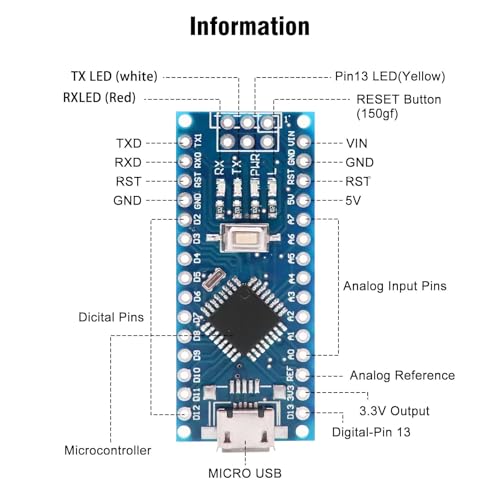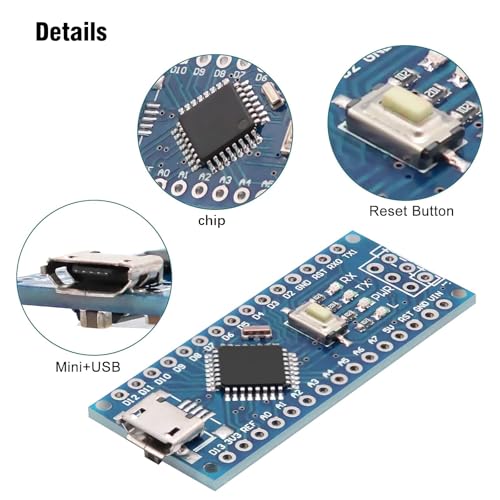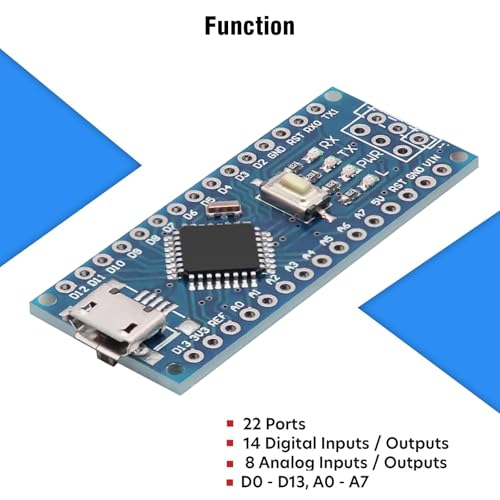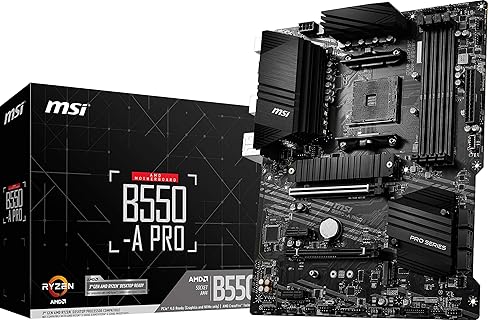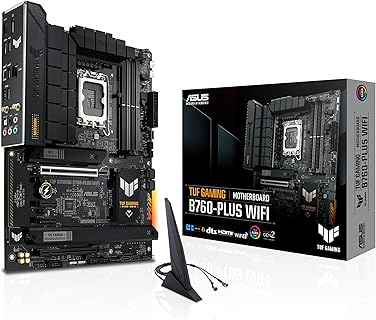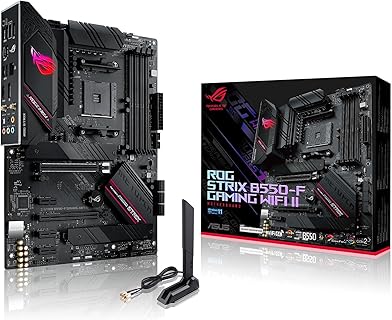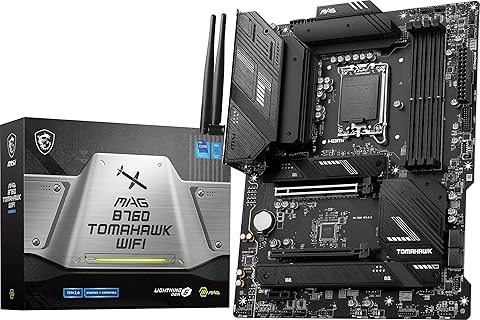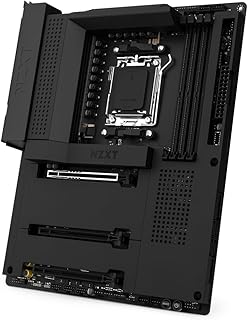Meet the Nano: the perfect entry-level microcontroller board that's both affordable and versatile. Featuring the ATmega328P and CH340 chips, the Nano operates just like the Arduino Nano but at a fraction of the cost. It's an excellent choice for beginners and is fully compatible with Windows, Mac, and Linux.
Powering your Nano is a breeze. It can run via a Micro USB connection, a 6-12V unregulated external power supply, or a 5V regulated external power supply. Plus, it automatically switches to the best power source available, so you don’t have to worry about jumpers!
With 14 digital I/O pins, 6 analog inputs, a 16MHz quartz oscillator, and various connectivity options, the Nano is perfect for your projects. Breadboard-friendly and easy to connect, it’s designed to make your DIY journey enjoyable and smooth.
-
Compatibility
Compatible with Arduino Nano, enabling convenient integration into projects. -
Build Quality
Well-made board with clean soldering and no residue. -
Price
Attractive pricing compared to the official Nano, making it a cost-effective option. -
Functionality
Performs as expected for a Nano board, including successful initial testing and programming. -
Versatility
Useful for both general and specific projects, such as photographic lighting control. -
Included Items
Package includes Micro USB cable and header pins, facilitating easier setup.
-
CH340 Driver
Requires a CH340 driver installation for Windows, which is an extra step for some users. -
Micro USB Port
Uses Micro USB instead of the more modern USB-C, which some users find outdated. -
Cable Length
Included USB cable is very short, limiting convenience and flexibility. -
Communication Setup
Establishing communication with the board can be trickier compared to other clones. -
Durability
One reported issue of the USB connector snapping off, raising concerns about connector durability. -
Cost
Considered slightly expensive for a single clone board, though still cheaper than the official Nano.

